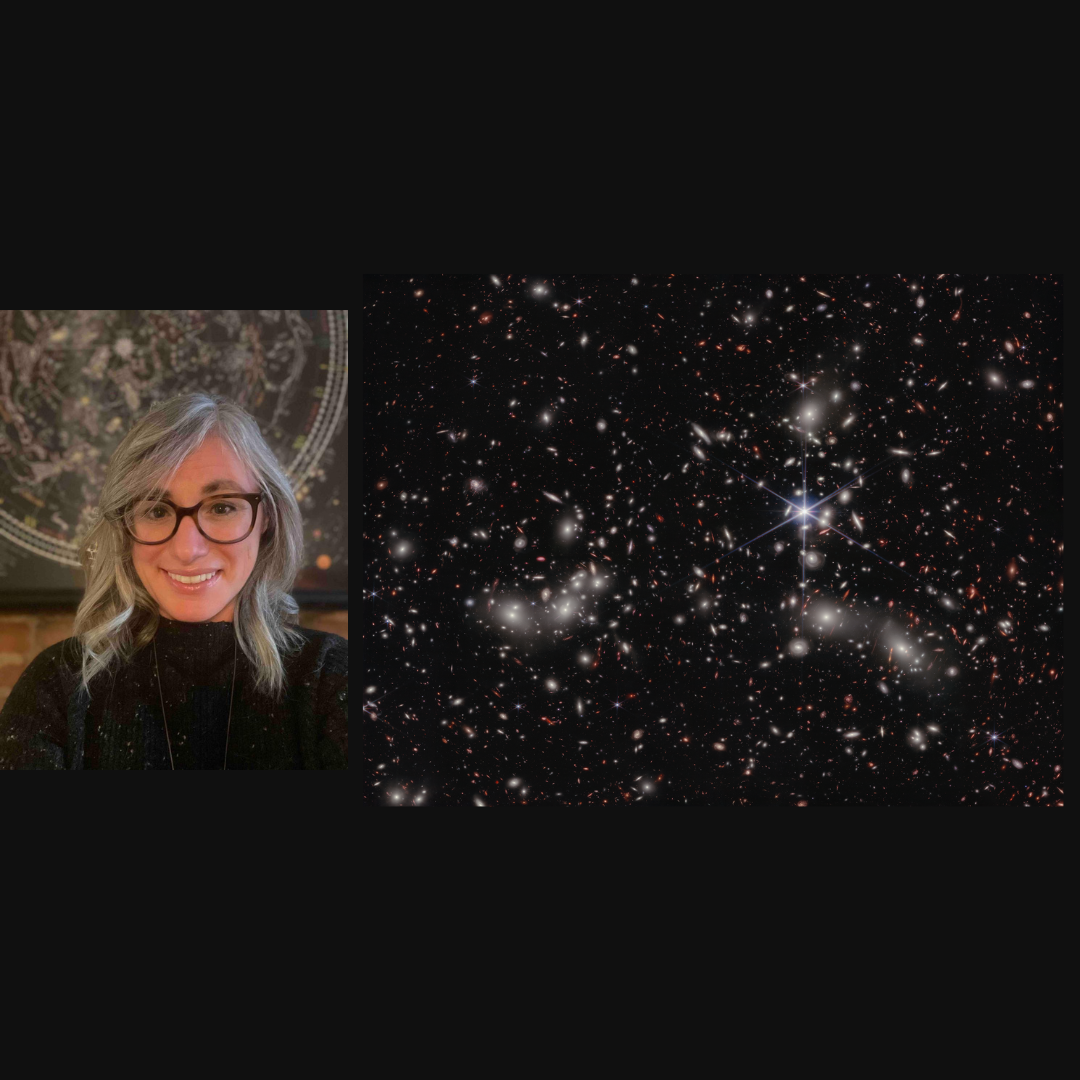Science and Mathematics
How it started . . . How it’s going: tracing the formation and evolution of massive galaxies through cosmic time
April 13, 2023 at 3:30pm – 5:00pm EDT
Physics Building, 202
This event has already occurred. The information may no longer be valid.

The Department of Physics is pleased to welcome Prof. Rachel Bezanson for an in-person Colloquium presentation on Thursday, April 13, 2023. Rachel (she/her) is an observational astronomer and associate professor at the University of Pittsburgh. Prior to joining the faculty at Pitt, Dr. Bezanson earned her Bachelor’s degree at Barnard College, was a high school physics and astronomy teacher, earned her PhD at Yale University, and held postdoctoral fellowships at the University of Arizona and Princeton. Her work use a variety of ground and space-based telescopes to empirically study the evolution of massive galaxies, exploring a range of questions related to how galaxies form, live, die, and continue to grow over billions of years. Dr. Bezanson runs graduate student mentoring and the APS bridge program at Pitt and she is currently developing a new outreach program to forge connections between Pittsburgh public school students and teachers and modern research through the historic Allegheny Observatory. Dr. Bezanson’s work is funded by the NSF, NASA, the Kaufman Foundation, the Research Corporation for Scientific Advancement, the National Radio Astronomy Observatory, and the Space Telescope Science Institute. Outside of work, Dr. Bezanson enjoys hiking and exploring with her partner Duncan, long roadtrips, practicing yoga, obsessively riding her Peloton bike, and cooking.
Abstract:
Galaxies are extraordinarily complex collections of stars, gas, and dark matter. The largest galaxies, though relatively rare in number, host most of the stars in the Universe and deep in their cores harbor the most extreme supermassive black holes. Today massive galaxies are red and dead ellipticals with little ongoing star formation or organized rotation; naturally they were expected to be relics of a much earlier formation epoch. In this talk I will briefly review the paradigm that has emerged over the last decade, discussing the structural and kinematic evolution of massive galaxies during and after they stopped forming stars (“quenched”) and eventually transformed from rotationally supported disks into kinematically hot ellipticals. My research relies on a variety of spectroscopic studies of distant galaxies, which are necessary to answer open questions about the details of that cosmic formation and shutdown. These spectra can reveal the chemical compositions, detailed star formation histories, and internal motions of stars and gas. I will describe my team’s observational efforts to characterize the histories of galaxies like our Milky Way and larger at several critical moments in the 14 billion year history of the Universe, each corresponding to a large spectroscopic program. Finally, I will introduce the James Webb Space Telescope – NASA’s latest great flagship observatory and describe how my team is extending spectroscopic studies of galaxies to the earliest moments in cosmic history, with the UNCOVER treasury program.
This event was published on April 5, 2023.
Event Details
- Category
- Science and Mathematics
- Type
- Talks
- Region
- New York Campus
- Open to
- Current Students,
- Faculty
- Organizer
- CAS-Department of Physics
- Contact
- Cassandra Ellis
phyadmin@syr.edu
315-443-3901
- Accessibility
- Contact Cassandra Ellis to request accommodations
